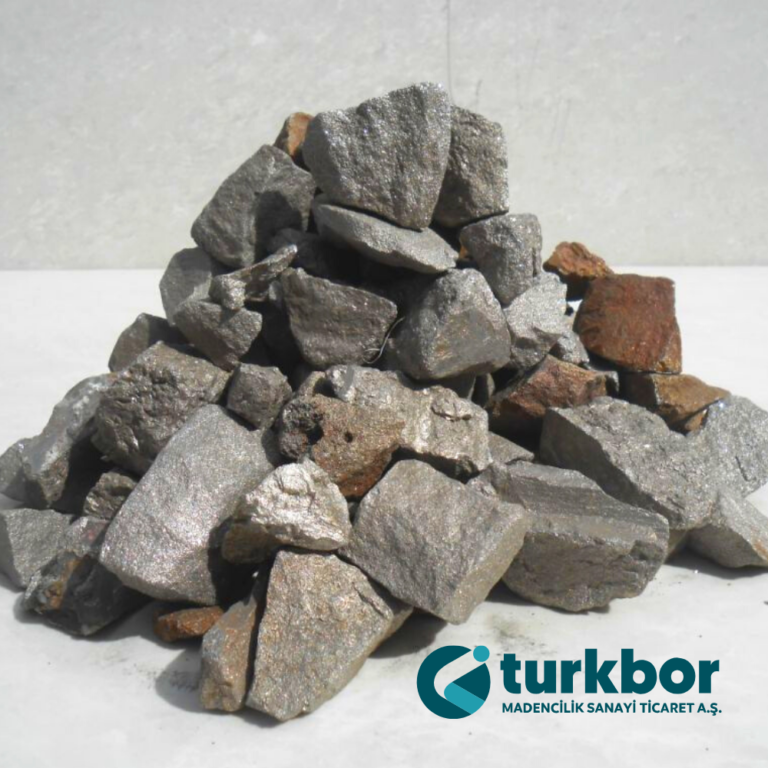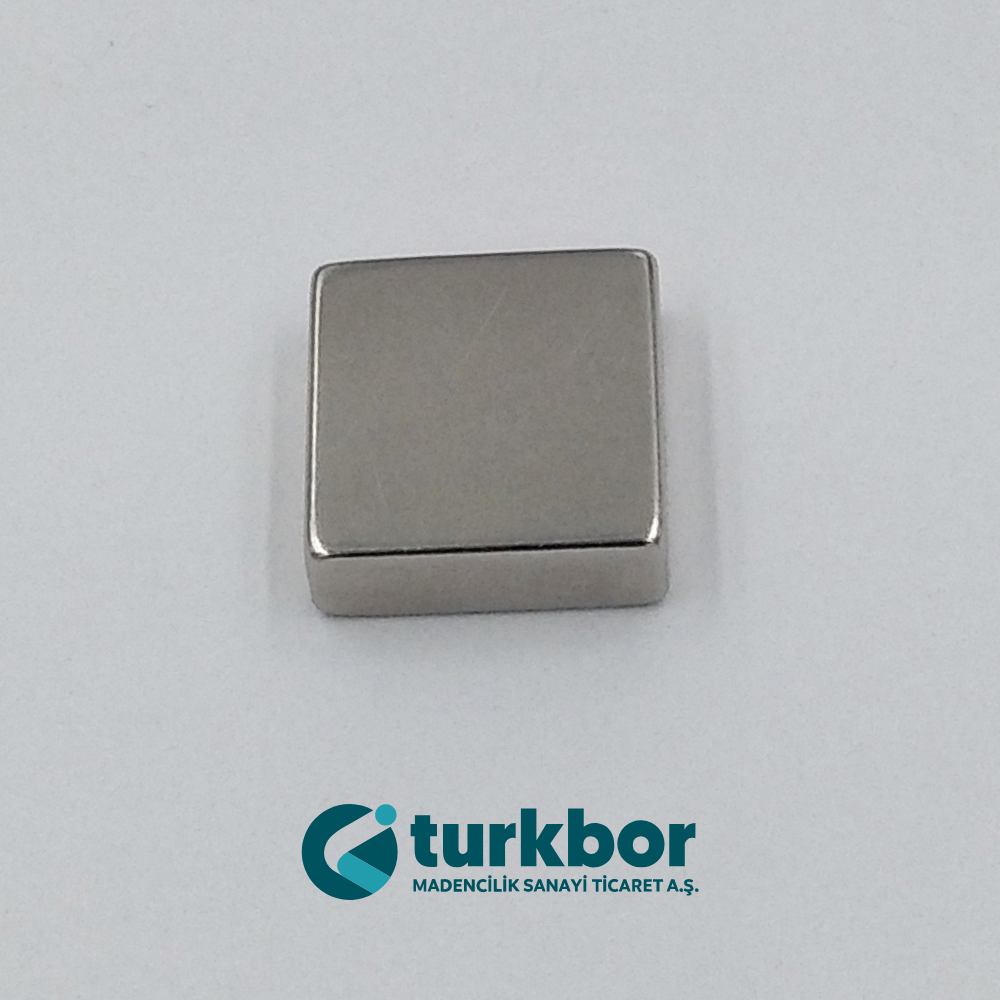
Ferro Boron is an Iron-Boron alloy containing 10-20% Boron by weight. In solid iron, Boron dissolves between 0.1-0.15% depending on the temperature. Looking at the iron-boron binary phase diagram, two compounds between nonmetals are seen. These are FeB and Fe2B compounds. FeB has an orthorhombic crystal structure and Fe2B has a tetragonal crystal structure. There is 9% Boron in the composition of Fe2B and 16% in the composition of FeB. According to the binary balance diagram, the phase structure of the alloy containing 9-16 percent Boron consists of Fe2B and FeB crystals. The alloy containing more than 16 percent boron consists of FeB and B crystals.
Some Ferro Boron Producers in the World
As a result of detailed researches, 28 companies producing Ferro Boron in the world were determined. Ferro Boron is produced by 8 companies in the USA, 6 in China, 5 in Japan, 4 in India, and one each in England, Germany, Argentina, Slovakia and Norway. Only eight of these companies have Ferro Bor installed capacity. These 8 companies have a total Ferro Boron capacity of 29,476 tons / year. Figures regarding the installed capacities or production of the other 20 companies could not be found.
Ferro Boron; It is used in the production of steel, cast iron, permanent magnetic materials and amorphous metals. The addition of Boron to steel in the form of Ferro Boron alloy has yielded very good results in terms of both Boron yield and the desired composition.
Boron addition to tool steels increases the hardening ability. The addition of Boron to stainless steel at ppm levels increases weldability, creep resistance, intergranular corrosion resistance, neutron absorption capacity, and prevents hot tears.
The addition of Boron to high speed steels, hardenable in use and heat-treatable steels increases the creep resistance in particular.
Special steels used in the production of thermal neutron adjustment rods used in nuclear reactors can also contain up to 4% Boron.
Boron added to cast iron up to 0.01% has a grain-reducing effect. Higher boron additions cause the formation of Boron Carbide, increasing the hardness and strength. Boron is used to reduce the wear resistance of hard castings in operations such as rolling, as it stabilizes the Carbide.
Permanent magnets are materials that produce magnetic fields without the need for excitation. Permanent magnets are normally composed of alloys of elements such as iron, nickel and cobalt and have large B-H curves, high permanent flux density (Br) and high degaussing power (HcB). The high permanent flux density enables the magnet to support a higher magnetic field than the air gap of the magnetic circuit.
The first commercial magnet developed is Al-Ni-Co magnets. These magnets were produced in the 1935’s. Ferrite magnets were produced in the 1960’s and SmCo in 1975. The latest developed (Neodymium-Iron-Boron) is Neodymium-Iron-Bo-ron (NdFeB). This magnet has the highest energy density of all commercial magnets. Neodymium magnets have different properties than the magnets we know, they are used in different sectors because they create a strong magnetic field. This magnetic force is provided with the help of special systems. The production of these magnets produced with the help of technology is subject to permission. These magnets are not produced in our country.
Its ability to carry approximately 1300 times its own weight requires the use of neodymium magnets in many areas.
Permanent magnet technology is an emerging field that can be used in generators and motors. Considering energy efficiency solutions in generators and motors, electro-mechanical power conversion based on permanent magnet technology is inevitable.
The advent of magnet technology, which has been increasingly used in engine and generator designs recently, as stated in the 1998 Energy Report of the World Energy Council Turkish National Committee, ‘Meeting the demand for all energy sources as much as possible with regional production facilities and energy production, transmission, distribution and the implementation of an energy saving program in order to minimize losses, increase efficiency and prevent waste at every stage of its consumption.
Ferro Boron Usage Area



